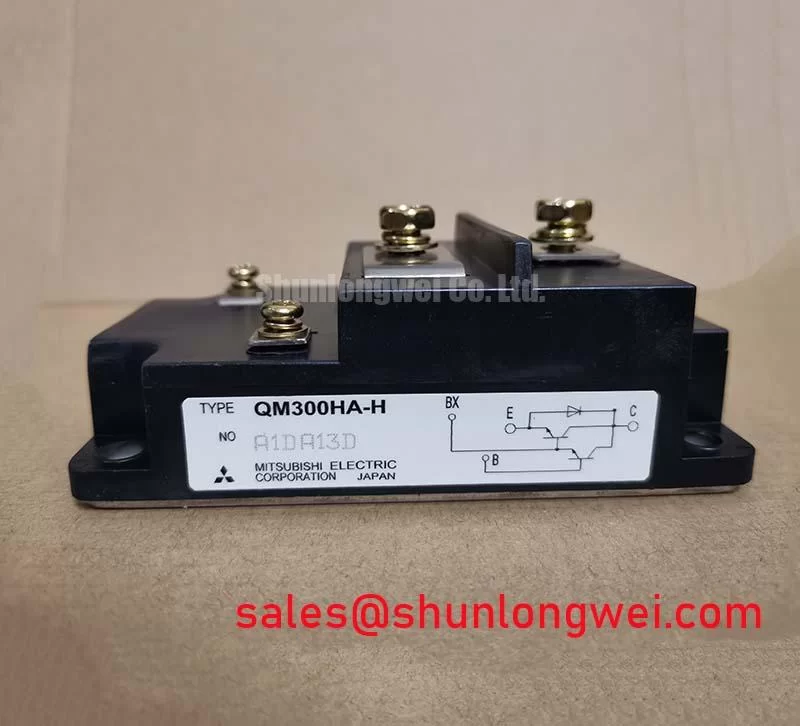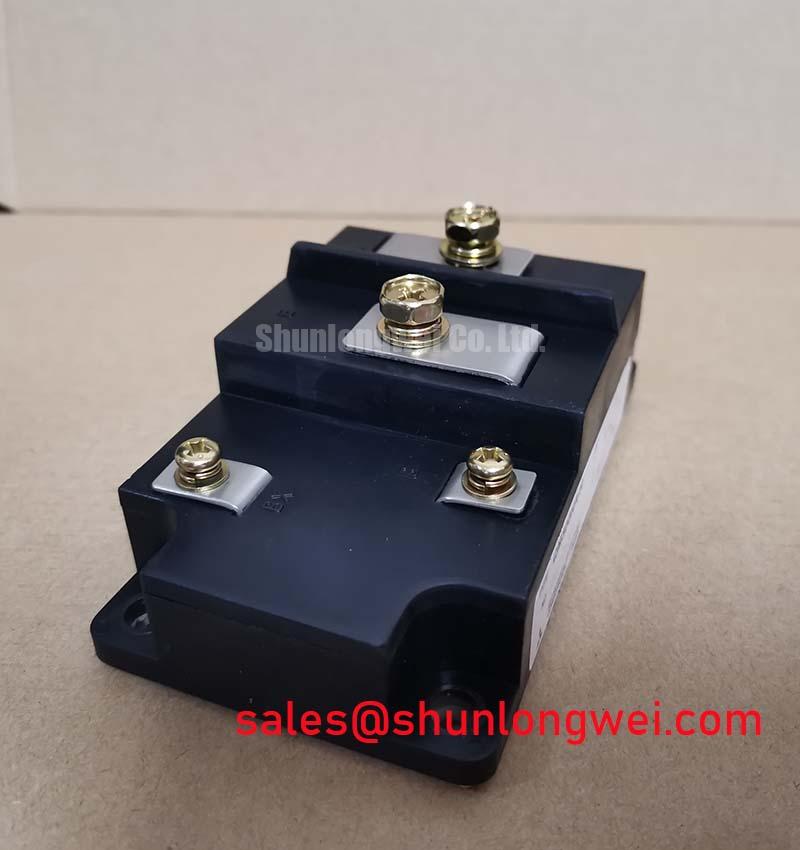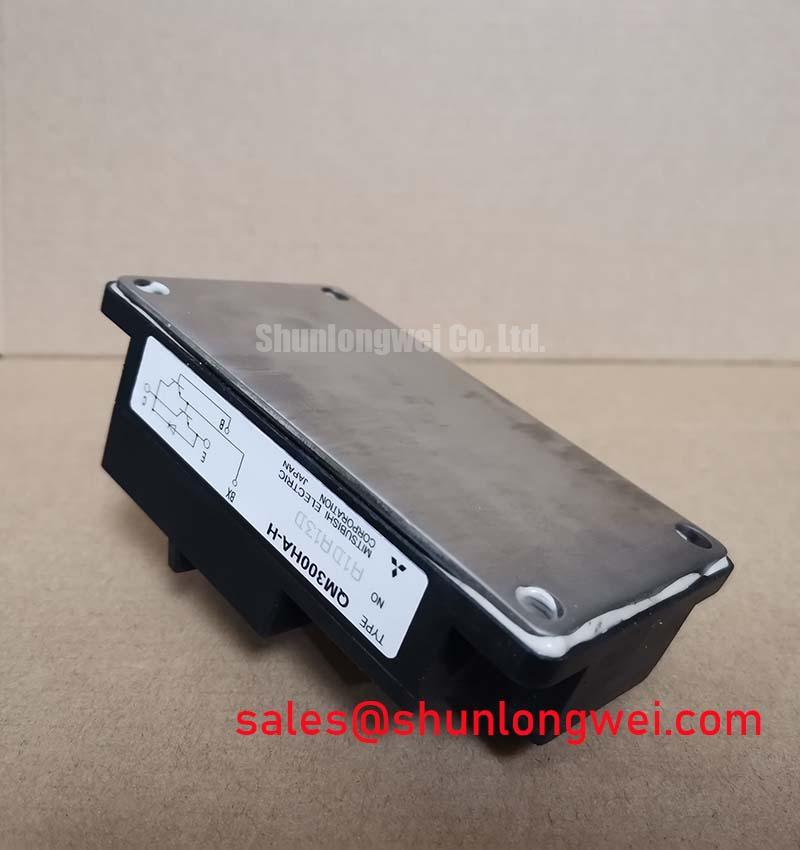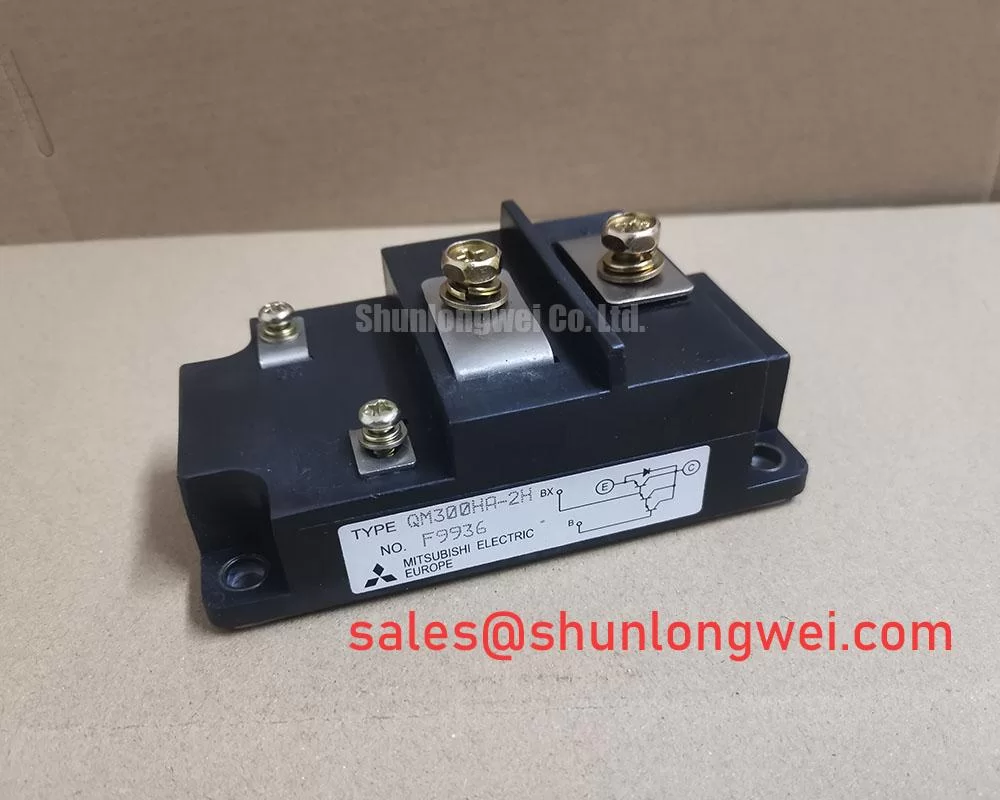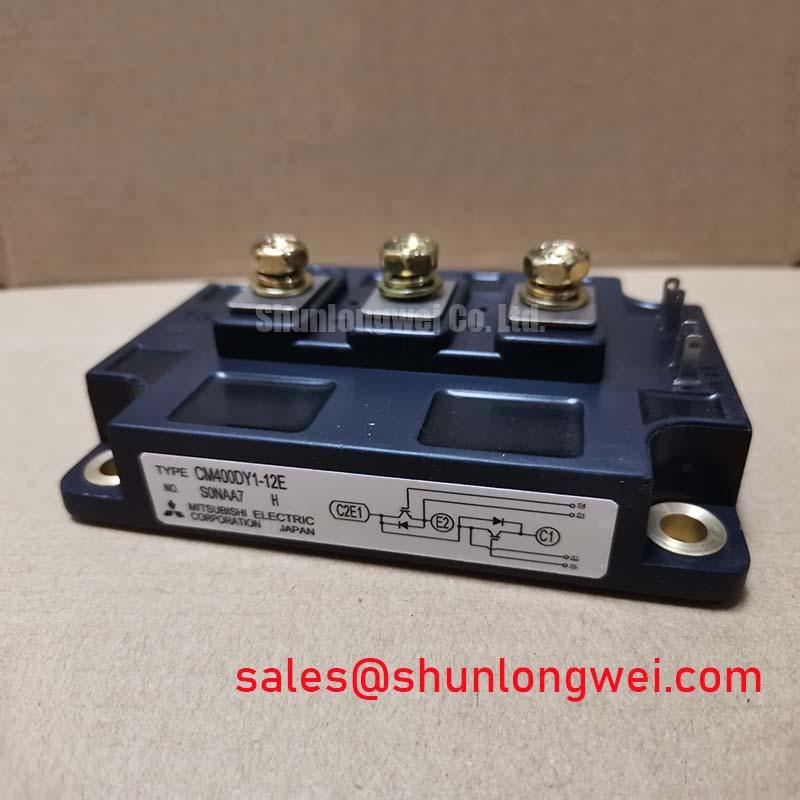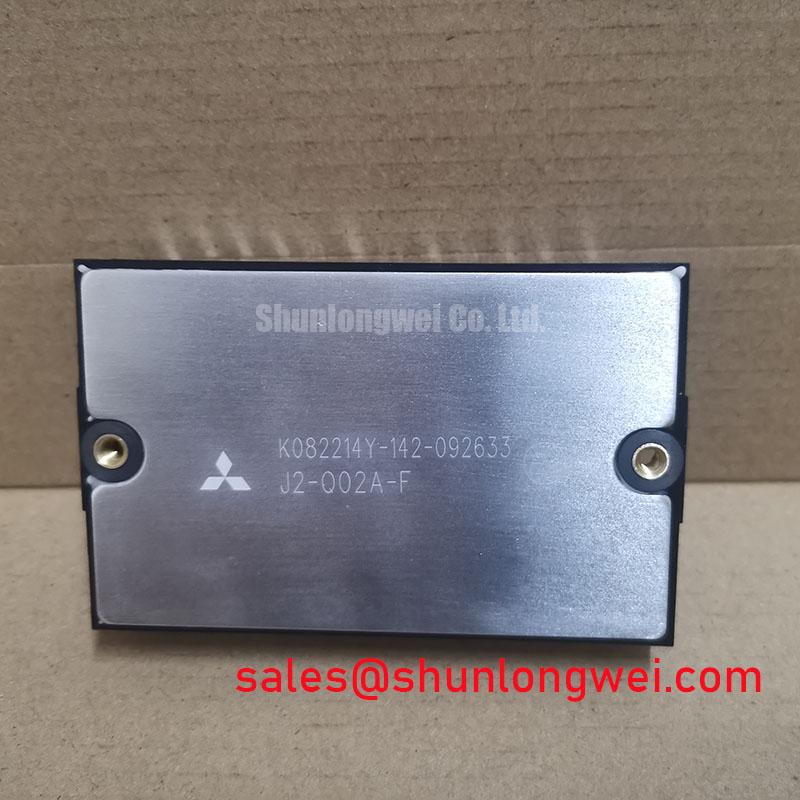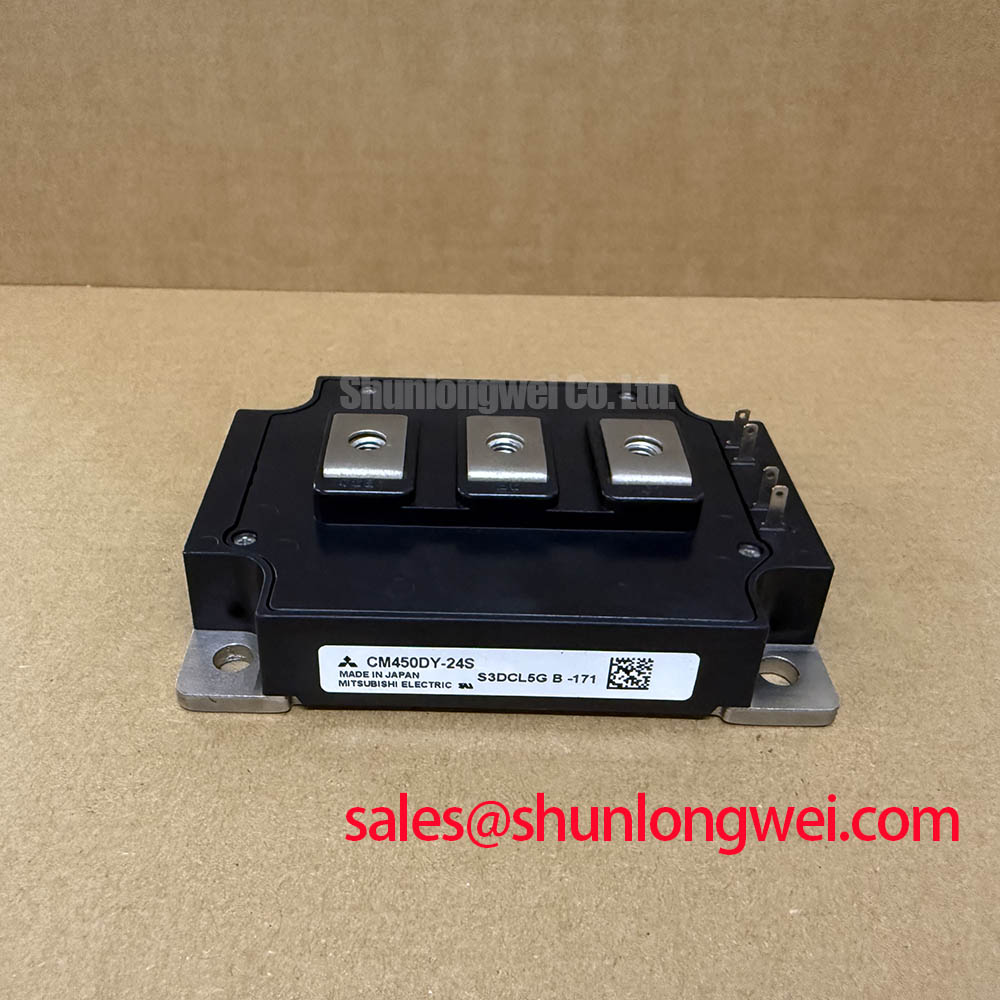Content last revised on November 18, 2025
QM300HA-H IGBT Module: In-Depth Analysis for High-Current Power Systems
An Engineer's Review of the 600V, 300A Single IGBT Module
Engineered for demanding high-power applications, the Mitsubishi QM300HA-H is a single IGBT module that prioritizes thermal efficiency and electrical robustness. With core specifications of 600V | 300A | VCE(sat) 2.7V max, this device provides a foundational building block for high-reliability power conversion. Its key benefits include simplified thermal management and excellent high-current handling. For engineers designing systems like industrial motor controls or welding power supplies, the QM300HA-H's low thermal resistance is a critical parameter that directly enables more compact and reliable designs by facilitating efficient heat extraction. Best fit for 200-240V AC line applications requiring robust current handling and simplified thermal design, this module delivers consistent performance.
Key Parameter Overview
Decoding the Specs for High-Current Operation
The technical specifications of the QM300HA-H are tailored for high-power switching applications where both efficiency and durability are paramount. The following parameters represent the core performance characteristics derived from the official datasheet.
| Parameter | Symbol | Value | Conditions |
| Collector-Emitter Voltage | VCES | 600V | - |
| Gate-Emitter Voltage | VGES | ±20V | - |
| Collector Current (DC) | IC | 300A | Tc = 89°C |
| Collector Power Dissipation | PC | 1560W | Tc = 25°C |
| Collector-Emitter Saturation Voltage | VCE(sat) | 2.7V (Max) | IC = 300A, VGE = 15V |
| Thermal Resistance (Junction to Case) | Rth(j-c) | 0.08 °C/W | IGBT |
| Isolation Voltage | Viso | 2500V | AC, 1 minute |
Download the QM300HA-H datasheet for detailed specifications and performance curves.
Application Scenarios & Value
Achieving System-Level Reliability in Motor Drives and Power Supplies
The QM300HA-H is optimized for applications where high current and efficient thermal dissipation are non-negotiable. Its robust single-switch topology makes it an ideal candidate for constructing choppers, converters, and inverter phases in a variety of industrial systems.
High-Fidelity Engineering Scenario: Consider a Variable Frequency Drive (VFD) controlling a heavy-duty conveyor belt system. During startup and under heavy load, the motor demands significant current, generating substantial heat in the power electronics. The QM300HA-H's 300A collector current rating provides the necessary capacity to handle these surges without derating. More critically, its low thermal resistance (Rth(j-c)) of 0.08 °C/W acts like a wide-open channel for heat to escape from the IGBT junction to the heatsink. This efficiency in heat transfer is crucial for maintaining a lower operating junction temperature, which directly translates to a longer operational lifespan and higher system reliability, preventing premature failures in harsh industrial environments.
The module's integrated isolation base (2500V Viso) further simplifies system design by allowing direct mounting to a common heatsink, reducing assembly complexity and potential points of failure. For systems requiring a similar current rating but in a half-bridge configuration, the QM300HA-2H may be a relevant component for evaluation.
Frequently Asked Questions (FAQ) for QM300HA-H
What is the primary benefit of the QM300HA-H's low thermal resistance?Its low Rth(j-c) of 0.08 °C/W ensures superior heat transfer away from the semiconductor junction. This allows for operation at higher power levels, the use of a smaller, more cost-effective heatsink, and ultimately contributes to greater long-term reliability by keeping the chip temperature lower.
How does the 2.7V VCE(sat) impact system efficiency?The collector-emitter saturation voltage, VCE(sat), is the voltage drop across the IGBT when it is fully on. A lower VCE(sat) means less power is lost as heat during conduction. At 2.7V under full 300A load, this value represents a specific trade-off between conduction losses and other performance characteristics. Engineers must factor this into their overall loss calculations to ensure thermal stability and system efficiency targets are met, particularly in applications with high duty cycles.
Is the isolated mounting base sufficient for all industrial applications?The 2500V AC isolation rating provides a robust barrier for most industrial systems operating on 200V-class AC lines. It simplifies mechanical assembly by eliminating the need for separate insulating pads, which can degrade thermal performance. However, for systems requiring higher isolation or specific certifications, engineers must verify that this rating meets their application's specific regulatory and safety standards, such as those defined by IEC 61800-5-1.
Can the QM300HA-H be used in a hard-switching topology?Yes, this module is designed for use in hard-switching circuits. Its datasheet provides the necessary turn-on (ton) and turn-off (toff) times required for calculating switching losses. For optimal performance and to mitigate voltage overshoots and EMI, a well-designed gate driver circuit and potentially a snubber circuit are critical components of the system design.
Technical Deep Dive
An Inside Look at the Module's Thermal Construction
The long-term reliability of a high-power module like the QM300HA-H is not just a function of its silicon chip, but is fundamentally dictated by its mechanical and thermal construction. The ability to consistently and efficiently remove waste heat is what separates a robust component from a point of failure. The module's low thermal resistance is the result of a carefully engineered thermal path from the IGBT die to the mounting surface.
This path begins at the die itself, which is bonded to a ceramic substrate that provides excellent electrical isolation while maintaining good thermal conductivity. This substrate is then soldered to a solid copper baseplate. Copper is chosen for its excellent heat-spreading capabilities. What this means in practice is that the intense, concentrated heat from the small IGBT die is rapidly spread across the larger area of the baseplate, preventing localized hotspots. This is analogous to how a large cast-iron skillet distributes heat evenly from a small burner. This effective heat spreading lowers the thermal resistance and ensures a more uniform temperature profile, reducing mechanical stress across the internal layers and contributing to a higher Power Cycling Capability.
Strategic Implications for System Design
Selecting the QM300HA-H is a strategic choice for engineers focused on the total cost of ownership and field reliability. While initial component cost is a factor, the design efficiencies enabled by this module—such as reduced heatsink requirements, simplified assembly, and enhanced operational lifespan—contribute to a more robust and cost-effective end system. In industrial markets where downtime is costly, investing in a component with a proven thermal design provides a significant competitive advantage and ensures the power conversion stage is a source of strength, not a liability.

